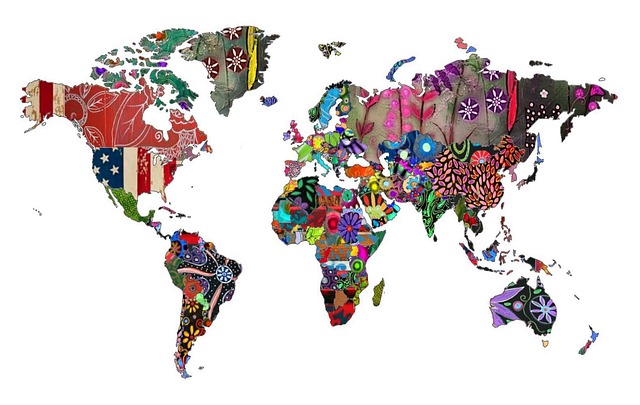In nearly every corner of Karachi, there are signs of the heat wave scorching the sun-baked city.
Hundreds of patients suffering from heat-related illnesses pour into the hospitals every day, pushing them far past their capacity. Morgues overwhelmed by a surge in bodies are struggling to find space.
Frustrated residents have begun blocking roads with stones and sticks to protest shortages of electricity and drinking water. Even the usually bustling markets and streets have emptied as people avoid leaving their homes unless they must.
Karachi, Pakistan’s largest city and its economic hub, is the latest place to suffer as South Asia roasts under a blistering heat wave this summer, a brutal reminder of the deadly toll of climate change in a part of the world especially vulnerable to its effects, and in a country where ineffective governance and large economic disparities have magnified the sufferings of its poorest citizens.
In a particularly dire eight-day stretch late last month, temperatures reached 104 degrees Fahrenheit (40 degrees Celsius), with high humidity adding to the misery. That was the hottest since 2015, a year when officials reported that more than 1,200 people died from heat-related causes in Karachi.
With temperatures still hovering near 100 degrees Fahrenheit, the sense of crisis has persisted.
“It feels like living in a furnace,” said Akbar Ali, 52, a rickshaw driver who has transported many heat-struck people to the hospital in recent weeks. “It’s terrible seeing people collapse on the street.”

